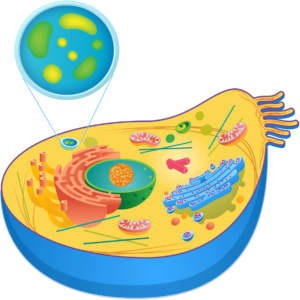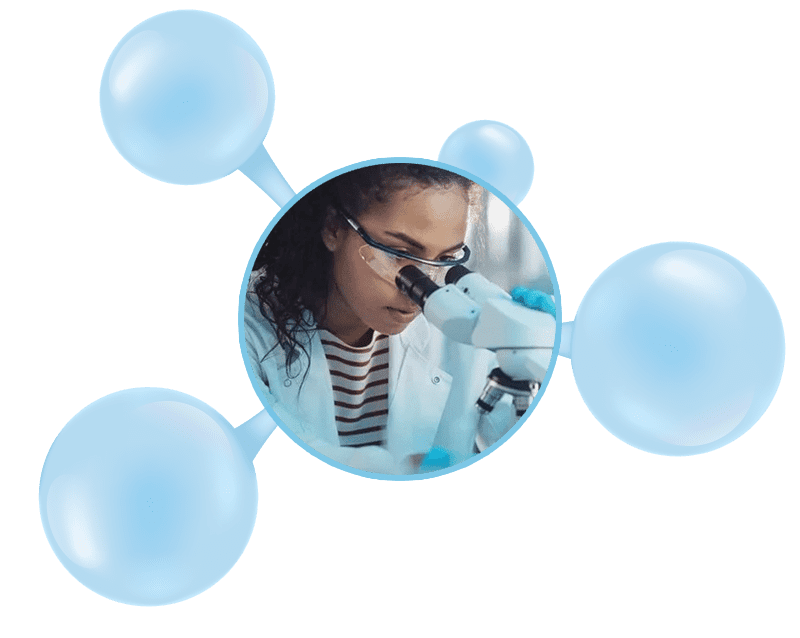Lysosomal Storage Disorders (LSDs)
We Are Experts in LSDs.
The lysosome is the cellular hub for macromolecule breakdown, recycling, and signaling. Defects in any of these functions may lead to cellular damage through the accumulation of undigested or partially digested macromolecules or hinder the transport of molecules in lysosomes, which can result in impairment of various cellular pathways and cause cellular damage. Progressive cellular damage leads to tissue and organ damage and manifest in clinical symptoms.
Lysosomal storage disorders (LSDs) are a group of more than 50 rare inherited diseases that are associated with serious and debilitating complications that can shorten life. LSDs may present in infancy, childhood, or adulthood and are characterized by a specific lysosomal enzyme deficiency, resulting in the accumulation of the enzyme’s substrate within the cells’ endosomal/lysosomal compartments. Although individually classified as rare diseases, collectively, LSDs affect one in 5,000 live births in the United States each year. LSDs are progressive and represent a significant burden to everyone affected: individuals, their families, and the healthcare systems. LSDs are often difficult to diagnose and are underdiagnosed or misdiagnosed.

Lysosomes
Organelle with an acidic interior containing a wide variety of hydrolytic enzymes that break down macromolecules such as nucleic acids, proteins, and polysaccharides.

Treatment Options
There are no known cures for LSDs. Despite more than 50 known LSDs, there are less than a dozen approved treatments for LSDs- most are enzyme replacement therapies (ERTs) to supplement the deficient biological activity using recombinant technologies to produce the active enzyme that is deficient for individual disorders. Except for the ERTs for Gaucher disease, all other approved ERTs require the specialized carbohydrate called mannose 6-phosphate (M6P) for their transport to lysosomes via M6P receptors. The amount of M6P on currently approved ERTs is typically low which limits their distribution and uptake in affected cells and thus, limits their clinical efficacy.
The majority of the currently approved treatments for LSDs are not able to cross the blood‑brain barrier (BBB) and thus are not able to penetrate the central nervous system. This limitation means that current treatments do not address the neurological effects of the diseases, including developmental and cognitive delays and abnormal behavior. In other words, the currently available treatment options only treat the somatic, or body, complications of the diseases, including the ability to regain strength and walk farther, reduction in the size of the enlarged organs like the spleen or the liver, among other complications.
Below are the LSDs that we are targeting first:
References
- Platt, F.M., d’Azzo, A., Davidson, B.L. et al. Lysosomal storage diseases. 2018. Nat Rev Dis Primers 4, 27. [Internet] https://doi.org/10.1038/s41572-018-0025-4.

